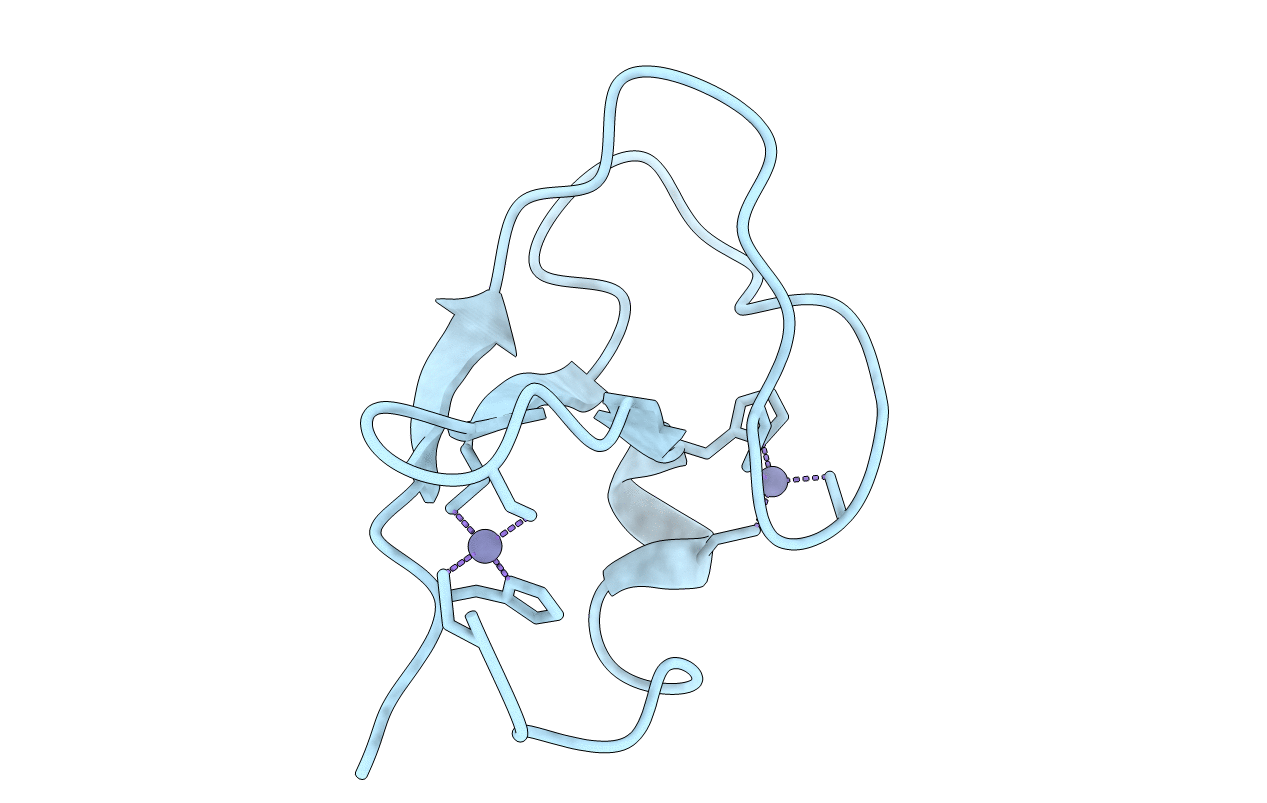
Deposition Date
2020-11-04
Release Date
2022-05-04
Last Version Date
2023-10-18
Method Details:
Experimental Method:
Resolution:
1.39 Å
R-Value Free:
0.24
R-Value Work:
0.21
R-Value Observed:
0.21
Space Group:
P 41


